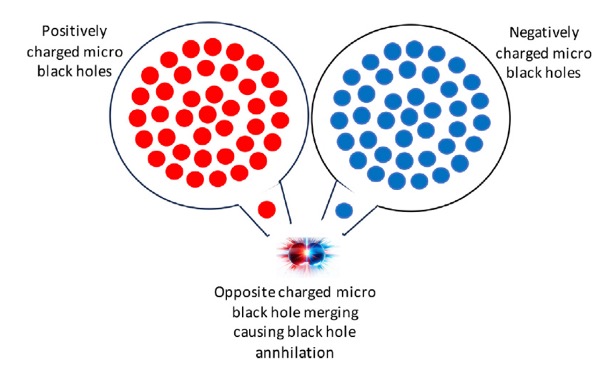The quest to generate more energy from fewer materials while avoiding burning more fossil fuels than the planet can sustain is leading to some creative ideas.
Fusion records are being broken, even if only by tiny margins and a few seconds at a time. At the same time, solar panels are becoming more efficient and more strategically installed on parking lots and green roofs, helping to reap ever-larger benefits.
But how to store this energy and release it according to the needs of the grid remains a huge challenge, even as battery storage and manufacturing capacity are on the rise, causing prices to plummet.
Theoretical scientists are an especially imaginative bunch when it comes to predicting how these trends might develop or where innovations will take us in the coming years.
In their latest research, two physicists have been pondering the ultimate theoretical limits of battery energy density based on Einstein’s theory of general relativity.
Starting with a rigorous interpretation of the equations that describe a non-rotating, perfectly circular mass, the pair described the behavior of an ideal model of a microscopic black hole formed in a small space filled with energy. Because of the way these tiny monsters interact, the entire system can function like a nuclear reactor, releasing energy stored in the particle bonds to produce vast amounts of clean energy.
These black holes need to be charged and small, with only one Planck mass each, so that when they bundle together into cells filled with similarly charged black holes, their electromagnetic repulsion cancels out gravity, creating a stable that does not eat itself. Energy storage upwards. More massive black holes also have lower energy densities than smaller black holes.
In theory, microscopic black holes with opposite charges could come together one after another, causing them to merge into a single black hole that quickly “evaporates” into pure energy. The energy extracted would not come from inside the black hole, but from outside it: where gravity is concentrated.
This puzzling suggestion is not beyond the realm of possibility. Tiny primordial black holes are thought to exist but have never been discovered, perhaps because they have radiated away most of their energy after forming in the primordial plasma that filled the universe after the Big Bang.
But the prospect of “miniature black hole batteries” is likely to remain purely hypothetical, and is more indicative of how far the trend in battery technology has to go than where we will actually end up.
“Today’s batteries are extremely inefficient compared to their ultimate potential, and we may be at the beginning of a battery revolution,” said Espen Haug, a theoretical physicist and financial analyst at the Norwegian University of Life Sciences, and Gianfranco Spavieri, a physicist at the University of the Andes in Venezuela. , wrote in their published paper.
Currently, the most efficient lithium batteries contain about 954,000 joules of energy per kilogram (2.2 pounds) of mass, about 22 times the energy obtained by burning 1 kilogram of oil.
Haug and Spavieri estimate that a tiny black hole battery weighing just 1 kilogram could provide “enough energy for a family for several generations,” roughly 470 million times more energy than the most efficient 200-kilogram lithium battery currently available.
“While achieving this level of technological progress is certainly not imminent, it is not inconceivable that the development of battery technology could follow a similar trajectory to that of computer technology,” Hauge and Spavieri wrote.
The pair aren’t the first team to come up with such a crazy idea, and this one just goes to show the gravity (pun intended) of the energy transition we’re facing to power the world without burning the fossil fuels that are cooking the planet.
Previous work had considered similar small Schwarzschild black holes, but Haug and Spavieri concluded that the energy density of a charged black hole described by the ReissnerNordstrm metric is eight times higher.
Of course, whether such tiny, non-rotating black holes exist, or even can be created in an actual environment, is a matter of future imagination.
“If we use strategically placed neutron stars as magnets, this still requires [a particle] Hauge and Spavieri point out that the accelerator is about the size of the solar system.
The study was published in High energy density physics.
#Physicists #ultimate #battery #harness #power #black #holes
Image Source : www.sciencealert.com
